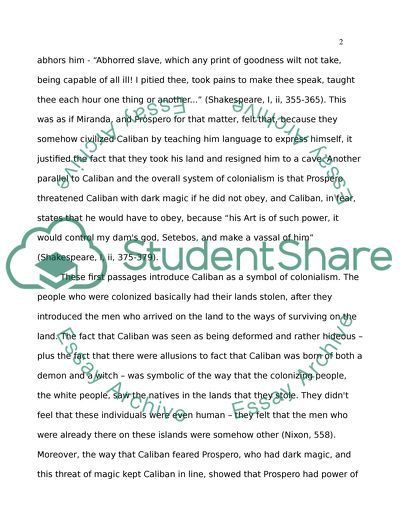Cite this document
(“The Tempest vs Tempest Research Paper Example | Topics and Well Written Essays - 2000 words”, n.d.)
Retrieved from https://studentshare.org/literature/1489691-the-tempest-vs-tempest
Retrieved from https://studentshare.org/literature/1489691-the-tempest-vs-tempest
(The Tempest Vs Tempest Research Paper Example | Topics and Well Written Essays - 2000 Words)
https://studentshare.org/literature/1489691-the-tempest-vs-tempest.
https://studentshare.org/literature/1489691-the-tempest-vs-tempest.
“The Tempest Vs Tempest Research Paper Example | Topics and Well Written Essays - 2000 Words”, n.d. https://studentshare.org/literature/1489691-the-tempest-vs-tempest.


